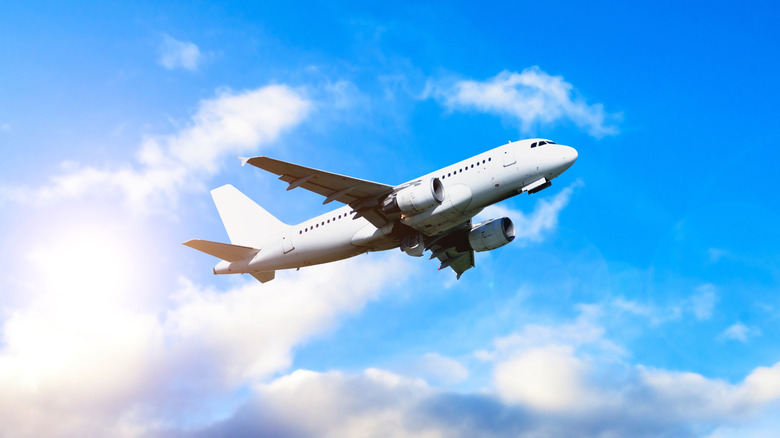If you’ve ever flown from New York to London and arrived ahead of schedule, you’ve probably wondered why that was the case. Flights from North America to Europe really are faster than the return trip, and it all comes down to a meteorological phenomenon called the jet stream. Jet streams are narrow currents of incredibly fast-moving air, typically found right in the areas where commercial aircraft fly, between 30,000 and 40,000 feet.
They form due to a combination of Earth’s rotation and stark temperature differences between the equator and the poles. Warm air that rises near the equator moves toward the poles, while the colder air from the poles sinks and flows back towards the equator. This constant movement creates an imbalance in the atmosphere, leading to large pressure differences between regions. Add in the Earth’s rotation, known as the Coriolis effect, and you end up with powerful, high-altitude wind currents called jet streams. These winds shoot from west to east and can top 200 mph, especially over the Atlantic, where they regularly help push eastbound planes along much faster than you’d expect.
Thus, airliners heading toward Europe take full advantage of these tailwinds. When conditions line up just right, the results can be quite impressive. In early 2025, a flight from New York to Doha achieved ground speeds of over 800 mph, thanks to an incredibly strong jet stream overhead. While the plane itself definitely wasn’t hitting SR-71 Blackbird records speeds, it was given a considerable boost over its standard cruising speed.
Tailwinds, time savings, and turbulent trade-offs
Pilots don’t just accidentally stumble upon jet streams either. Airlines are tactical when it comes to fuel and efficiency, and by tapping into the tailwinds over the Atlantic, it saves them time and thousands of gallons of fuel per flight. It’s actually fairly common for pilots flying eastbound to cut over an hour off the predicted flight time without changing their own airspeed as they let wind do the heavy lifting.
As expected though, heading west is a completely different story. On return trips to North America, planes often try to avoid jet streams entirely or charge head-on through those same winds that helped them on the eastward journey. These headwinds can also be made worse by bad weather that can actually bend airplane wings. One can compare it to running up an escalator going the wrong way — it takes longer, burns more energy, and can lead to a lot of extra turbulence.
Flight paths are constantly adjusted to balance time savings and passenger comfort. Pilots may fly at different altitudes or shift their routes north or south to avoid the worst of the opposing winds. That invisible stream of air thousands of feet above sea level ends up shaping the very real schedules of airlines and travellers alike.
How the seasons and science shape your trip
Jet streams, like all atmospheric phenomena, are hard to predict. It’s in a constant state of flux due to a concoction of weather systems, pressure patterns, and seasonal changes. In winter the temperature difference between the poles and the tropics becomes greater, which results in the jet stream becoming stronger and more unpredictable. That’s when airlines get their best shot at record-breaking speeds heading eastward, and if you’re travelling to Europe, expect to be pleasantly surprised by an early arrival.
Jet streams can be really beneficial for commercial airlines, and as a result, a lot of planning goes into capitalizing on them. Flight planners are constantly engaging with real-time satellite data and meteorological models to plan optimal routes that can ride the jet streams. Flights will then adjust their paths accordingly to utilize the jet streams, which explains why their flight paths look so distorted sometimes. When everything goes to plan, airliners can benefit from reduced fuel burn, fewer emissions, and significant cost savings across fleets. It’s one of the quieter examples of how aviation and climate science are deeply intertwined.
So, the next time your plane touches down in Paris or Amsterdam ahead of schedule, don’t just credit a good tailwind. Take a moment to appreciate the intricate layers of science, strategy, and luck that helped make your flight across the Atlantic that little bit more bearable.


